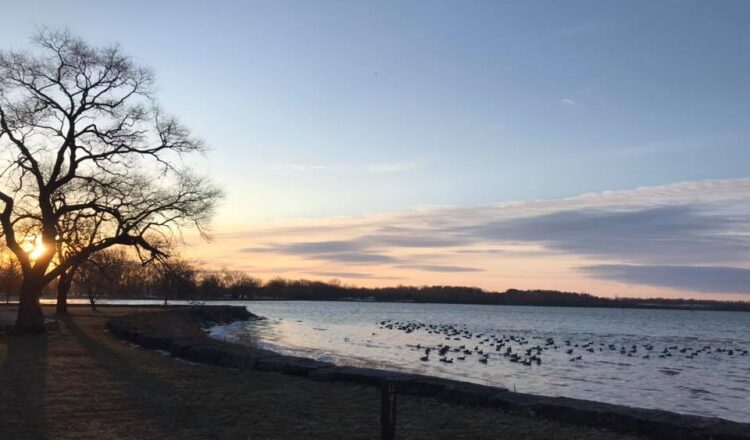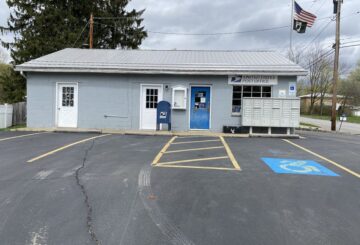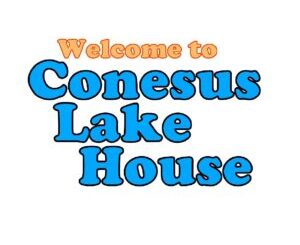Life in the Finger Lakes looks at the history of this “natural wonder”
By Jim Moore, Chief Finger Lakes Enthusiast
Photo from Seneca Lake State Park,
Nestled in the heart of the Finger Lakes region in upstate New York lies Seneca Lake, one of the most captivating natural wonders in the United States. Its storied history, dating back thousands of years, tells a tale of geological transformation, indigenous peoples, European explorers, and the birth of the modern wine industry. Let’s embark on a journey through time to explore the rich history of Seneca Lake.
Geological Marvel:
Seneca Lake is a product of ancient geological processes. Around 10,000 years ago, during the last Ice Age, massive glaciers carved out deep valleys, leaving behind a landscape of rolling hills and pristine lakes. Seneca Lake, along with its neighboring Finger Lakes, was formed in this glacial reshaping of the land.
Native American Presence:
The Seneca Nation, part of the Haudenosaunee Confederacy or Iroquois League, has called this region home for centuries. They referred to the lake as “Kanadaseaga,” meaning “lake with a mucky bottom.” The Seneca people relied on the lake’s abundant fish and surrounding forests for sustenance.
European Exploration:
In the late 17th century, European settlers arrived in the Finger Lakes region. The French explorer La Salle visited the area in 1669, while the British established forts during the 18th century. Seneca Lake played a pivotal role in the early colonial fur trade and conflicts between European powers.
Steamboats and Commerce:
The 19th century brought significant changes to Seneca Lake. Steamboats revolutionized transportation, turning the lake into a bustling trade route. Communities sprang up along the lake’s shores, and industries like glass production, agriculture, and tourism flourished.
Birth of the Wine Industry:
Seneca Lake’s fertile soil and unique microclimate proved ideal for grape cultivation. In the mid-1800s, Dr. Charles Doolittle planted the region’s first vineyard. However, it was the Reverend William Bostwick in the 1860s who pioneered the area’s modern wine industry. This laid the foundation for the vibrant wine culture that exists today.
Prohibition and Resurgence:
Prohibition in the 1920s brought an abrupt halt to the burgeoning wine industry. Wineries turned to alternative products to survive. Fortunately, the end of Prohibition in 1933 saw a resurgence in wine production. Today, Seneca Lake boasts numerous award-winning wineries, making it one of the country’s premier wine destinations.
The Lake Today:
Seneca Lake continues to be a vital part of the Finger Lakes region. It offers recreational opportunities like boating, fishing, and hiking, attracting visitors from far and wide. The lake’s beauty and historical significance endure, making it a cherished natural treasure.
Seneca Lake’s history is a tapestry woven with the threads of geological wonders, Native American heritage, European exploration, and the evolution of a world-renowned wine industry. This majestic lake stands as a testament to the enduring allure of nature and human ingenuity.






